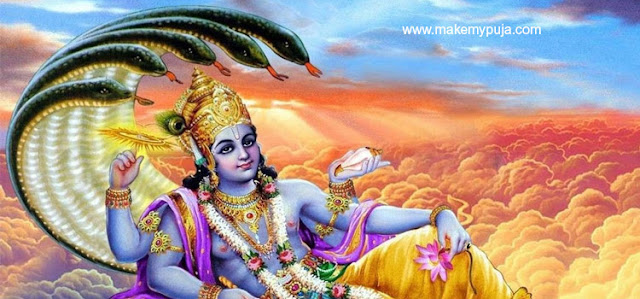Gayatri Jayanti is the birth anniversary of Goddess Gayatri
– the Goddess of the Vedas. Goddess Gayatri is known by various names like Veda
Mata, Dev Mata, and Vishwa Mata. She is worshipped as one of the goddesses of
the Trimurti; and is considered as the mother of all Gods and embodiment of
Goddess Saraswati, Goddess Lakshmi, and Goddess Parvati. She is seen to have
five heads – four considered to represent the four Vedas, and one symbolizing
the Almighty. She has ten hands that bear the symbols of Lord Vishnu.
Gayatri Jayanti falls on the 11th day of Shukla
Paksha during the Jyeshtha month as per the Hindu calendar, which is also the
Ekadashi; and this year it is to fall on 5th June 2017. It is
believed that Goddess Gayatri appeared in the form of knowledge on this day;
the knowledge that was shared to the world by Sage Vishwamitra to contribute in
removing ignorance. It is believed that the whole universe has benn originated
by Goddess Gayatri, which is why Gayatri Jayanti is celebrated to cheer the
expression of Aadi-shakti Gayatri. This day of worship is a community affair,
where people from different walks of life gather to offer respect and devotion to
the Goddess in the form of prayers. Special satsangs are arranged and bhajans
are sung in the praise of the deity.
It is also believed that Sage Vishwamitra first uttered the
Gayatri Mantra on this day, which is why devotees offer special prayers and
Pujas to Gayatri Mata every year on Gayatri Jayanti by chanting the Gayatri
Mantra. Such is the power and significance of the Gayatri Mantra that if one
chants it, then no other mantras are
needed to be chanted. This mantra inspires wisdom in the chanter, and purifies
both the chanter and the listener.
Gayatri Mantra – Om
Bhur Bhuvah Svah Tat Savitur Varenyam Bhargo Devasya Dheemahi Dhiyo Yo Na
Prachodayaat.
Meaning – We meditate on the glory of the Creator, who
has created the universe, who is worthy of worship, who is the embodiment of
knowledge and light, who is the remover of sin and ignorance. May he open our
hearts and enlighten our intellect.
To take advantage of the holy and auspicious day of Gayatri
Jayanti this year and every year from now onwards, you can get in touch with
MakeMyPuja Pandits who can help arrange for the most appropriate rituals that
can help you in gaining spiritual energy and universal enlightenment with
greater wisdom. You can also reduce the effect of bad karma and facilitate good karma
into your lives with the help of the Gayatri Puja.
Website: https://www.makemypuja.com/









